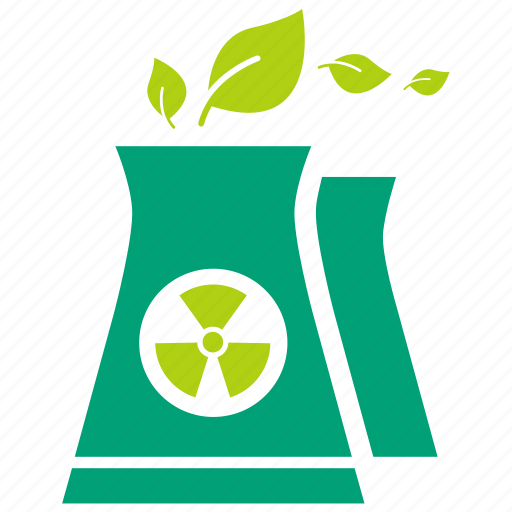- cross-posted to:
- usa@lemmy.ml
- cross-posted to:
- usa@lemmy.ml
Ia Aanstoot and Greg Abbott could not be more different from one another. Aanstoot is an 18-year-old Swedish girl, an acolyte of Greta Thunberg , and a climate activist. Abbott is the conservative Republican governor of Texas.
But both Aanstoot and Abbott have concluded that nuclear power is the solution for problems afflicting the world. For Aanstoot, that problem is climate change. For Abbott, that problem is the periodic shortfalls of electrical energy that have cropped up recently for the Texas power grid.
Aanstoot has taken time off from participating in Thunberg’s “School Strike” campaign to launch her own " Dear Greenpeace " effort, both a petition and fundraiser, according to the Guardian. Aanstoot wants to persuade Greenpeace to include nuclear power as an alternative to fossil fuels.
Abbott, in the meantime, has begun measures to increase nuclear power in Texas . He has issued a directive “to the Public Utilities Commission of Texas Interim Chair Kathleen Jackson to formulate a working group to study and provide recommendations that will position Texas as the national leader on advanced nuclear energy. To maximize power grid reliability, the newly formed group will work to understand Texas’s role in deploying and using advanced nuclear reactors, consider all potential financial incentives available, determine nuclear-specific changes needed in the Electric Reliability Council of Texas (ERCOT) market, identify any federal or state regulatory hurdles to development, and analyze how Texas can streamline and accelerate permitting for building advanced nuclear reactors. Governor Abbott directed the working group to also coordinate with ERCOT to begin addressing the technical challenges of incorporating advanced nuclear technology into the ERCOT grid.”
Abbott’s problem is a little more immediate than climate change. During several days of the heat wave this summer that inflicted stifling 100-degree temperatures in Texas, ERCOT was obliged to request that Texas homeowners and businesses cut back on their use of electricity during the late afternoon and early evening hours. Otherwise, the demand for electricity might exceed ERCOT’s capacity to provide it, possibly requiring rolling blackouts.
The problem is that Texas has invested heavily in wind and solar power, the sort of renewable energy that Greenpeace favors. However, during several days in August, the wind was not blowing enough for Texas’s wind farms to operate at optimal capacity. At the same time, as the sun went down, Texas’s solar arrays gradually stopped providing power as well.
Conservation efforts combined with battery backup power spared Texas from California-style rolling blackouts. However, Texans remember with horror the power outages of the winter of 2021, when millions shivered in the dark because of multiple generator failures.
Texas has nuclear power plants that were proposed in the mid-1970s but took over a decade to get online, thanks to regulatory problems and environmental litigation. One reason that Texas went to solar and wind is that renewable technologies are less costly and less politically fraught to build.
Texas is already taking a second look at nuclear power. Dow and X Energy have announced the construction of a small, modular nuclear power plant at a Dow manufacturing facility in Seadrift, Texas. The partnership expects to begin construction in 2026, to be concluded in 2030. If the project is completed anywhere close to on time and on budget, its technology may point the way to providing adequate electric power to Texas consumers while reducing carbon emissions.
In the meantime, Aanstoot’s campaign is falling on deaf ears at Greenpeace. The environmental organization insists that wind and solar provide cheaper solutions to the problem of climate change. The claim is true, at the moment, but author and engineer Robert Zubrin has provided ways to reduce the cost of nuclear power in his latest book, The Case for Nukes .
Organizations such as Greenpeace could do the world a service if they would listen to young people such as Aanstoot and get behind nuclear power as a way to combat climate change. Such a policy change would quiet environmental opposition to the technology, thus giving it a boost. Nuclear power would reduce greenhouse gasses and provide 24/7 electric power. That sounds like a win-win solution that everyone should support.


